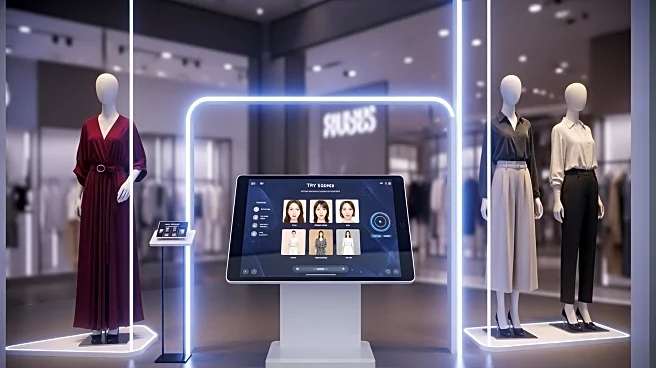What's Happening?
The back-to-school shopping season is a significant event for retailers, second only to year-end holidays in terms of sales. According to the National Retail Federation, shopping begins as early as June
and peaks in July, with 67% of shoppers starting by early July. Retailers are adapting to changing consumer behaviors, influenced by factors such as tariffs and inflation. Many families are shopping earlier to stretch budgets, with a focus on essentials. Social media and AI are playing crucial roles in shaping shopping habits, with personalization becoming a key factor in consumer satisfaction.
Why It's Important?
Back-to-school shopping is a major economic driver, impacting various sectors including retail, education, and technology. The season's predictability allows retailers to plan inventory and promotions strategically. However, external factors like tariffs and inflation are influencing consumer spending patterns, prompting retailers to adjust their strategies. The integration of AI and social media in shopping processes highlights the need for retailers to embrace digital tools to remain competitive. Understanding these trends can help retailers optimize their offerings and enhance customer engagement.
What's Next?
Retailers are expected to continue leveraging AI and social media to enhance the shopping experience. As consumer expectations evolve, businesses may focus on offering personalized and convenient shopping solutions. The trend towards early shopping and budget-conscious decisions may lead to more targeted promotions and inventory management strategies. Retailers might also explore partnerships with tech companies to offer innovative shopping solutions, such as interactive tools for school supply lists.
Beyond the Headlines
The reliance on AI and social media in shopping raises concerns about data privacy and the ethical use of consumer information. Retailers must navigate these challenges while ensuring transparency and compliance with regulations. Additionally, the shift towards digital shopping experiences may impact traditional retail roles, necessitating workforce adaptation and training.











